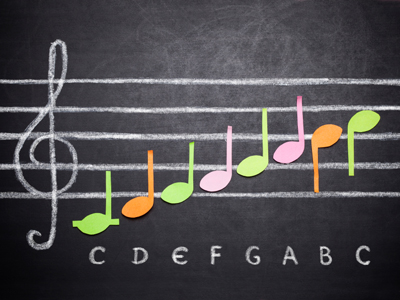
Physics - The Wave Equation (AQA)
Quiz about Mechanical Waves
Electromagnetic and mechanical waves are both studied in GCSE Science. This is the fourth of six quizzes on waves and it looks at the wave equation, which describes the relationship between velocity, frequency and wavelength.
There are two types of wave - transverse and longitudinal. Each has its own properties but all waves have one thing in common - they obey the wave equation. This shows how the speed of the wave is related to the frequency and the wavelength, and knowing any two of them can be used to calculate the missing value. It allows you to predict what effect making any changes will have on the wave. The wave equation is:
v = fλ, using the scientific symbols, or speed of the wave = frequency of the wave x wavelength of the wave in plain English.
Before you use the equation it does help to know a little more about the three terms. The speed of the wave can be in a variety of units, the official SI unit is metres per second which is written as m/s or ms-1. This is the most likely unit that will be used in your exams but every now and then the examiners might throw in some different units just to check how you handle them. Being picky, the speed of a wave is a velocity since waves travel in straight lines. Using the term wave speed rather than wave velocity covers situations where the wave changes direction by reflection, refraction and diffraction. That information is a little extra, just for you - you don't need to know it for the exams.
The wavelength of the wave is the distance from one point on a wave to the equivalent point on the next wave. On diagrams of waves it is usually shown as being from crest to crest (make sure you learn the different parts of a wave for the exams). For a longitudinal wave the definition is the same but instead of a crest they have compressions. So a sound wave with a wavelength of 2 m will have a compression every 2 metres along its length. The number of waves passing a given point in one second is the frequency.
Many of the questions you will be asked about waves will concern the electromagnetic spectrum - the family of waves that include radio waves and light waves. You don't need to know the actual wavelengths and frequencies for each one but you do need to know the names of the waves in order of wavelength and frequency, the approximate shortest and longest wavelengths/frequencies and the fact they all travel at the same speed.
Ready for more?
not all...
quizzers. Try to win a coveted spot on our Hall of Fame Page.







